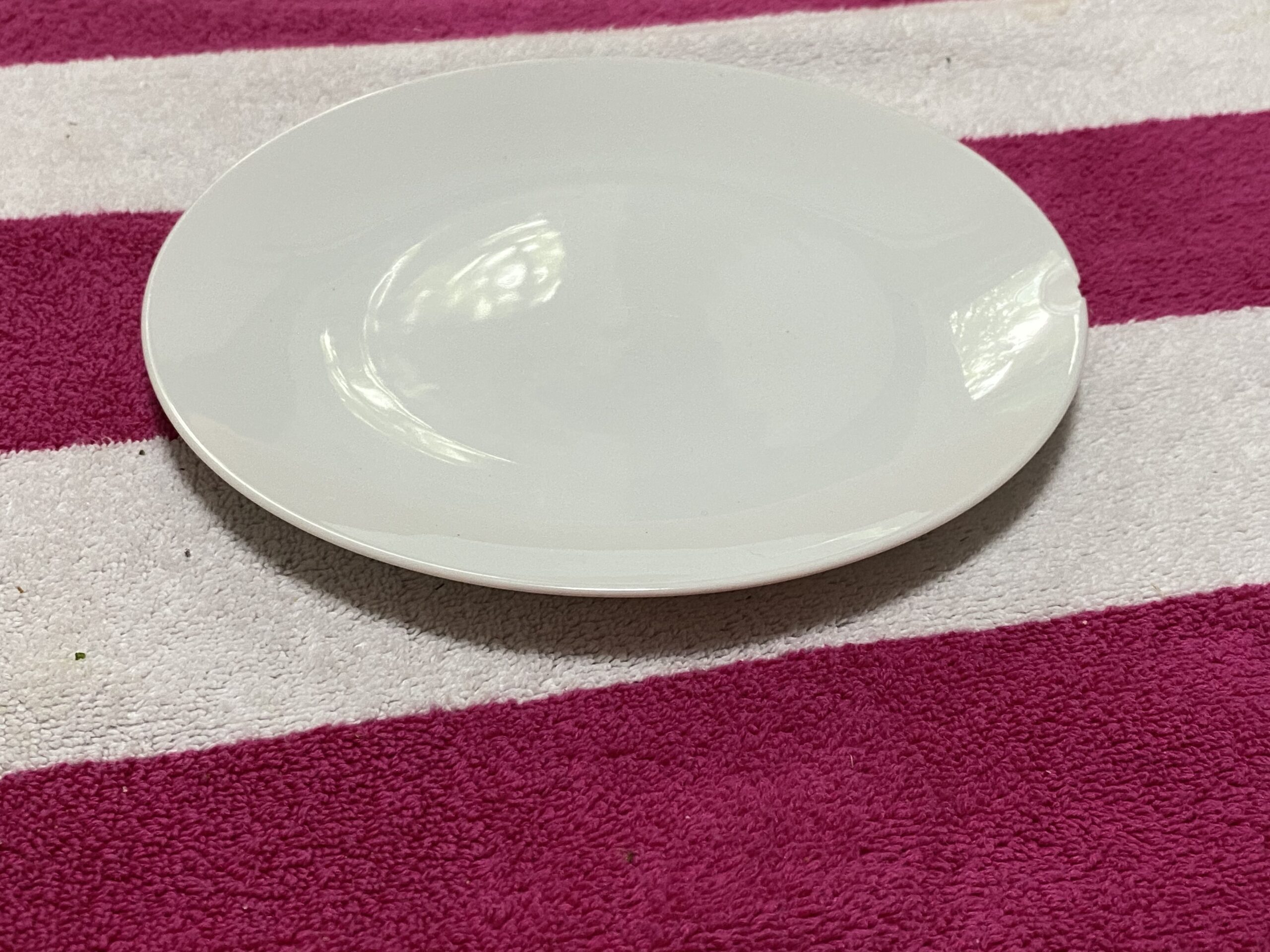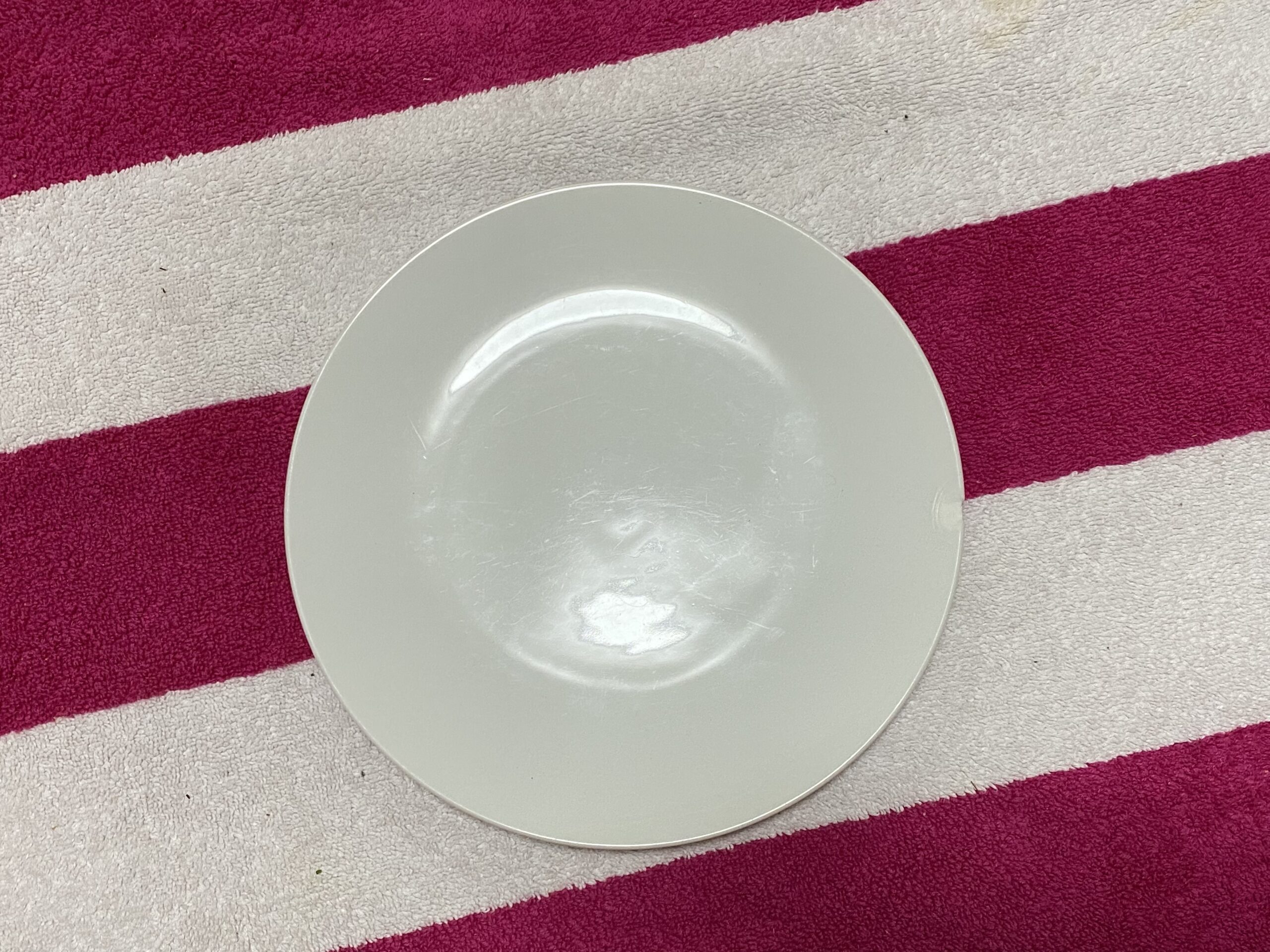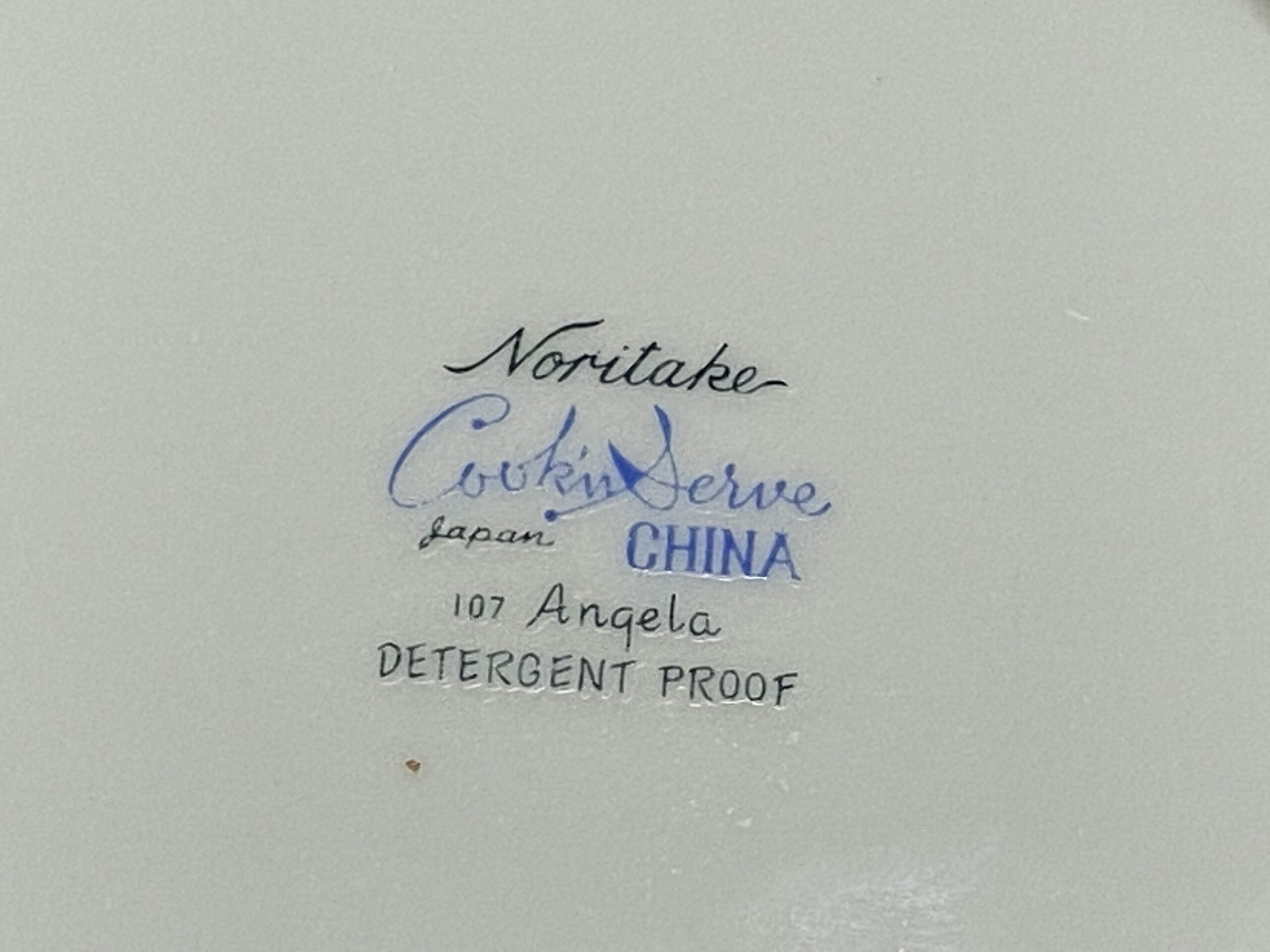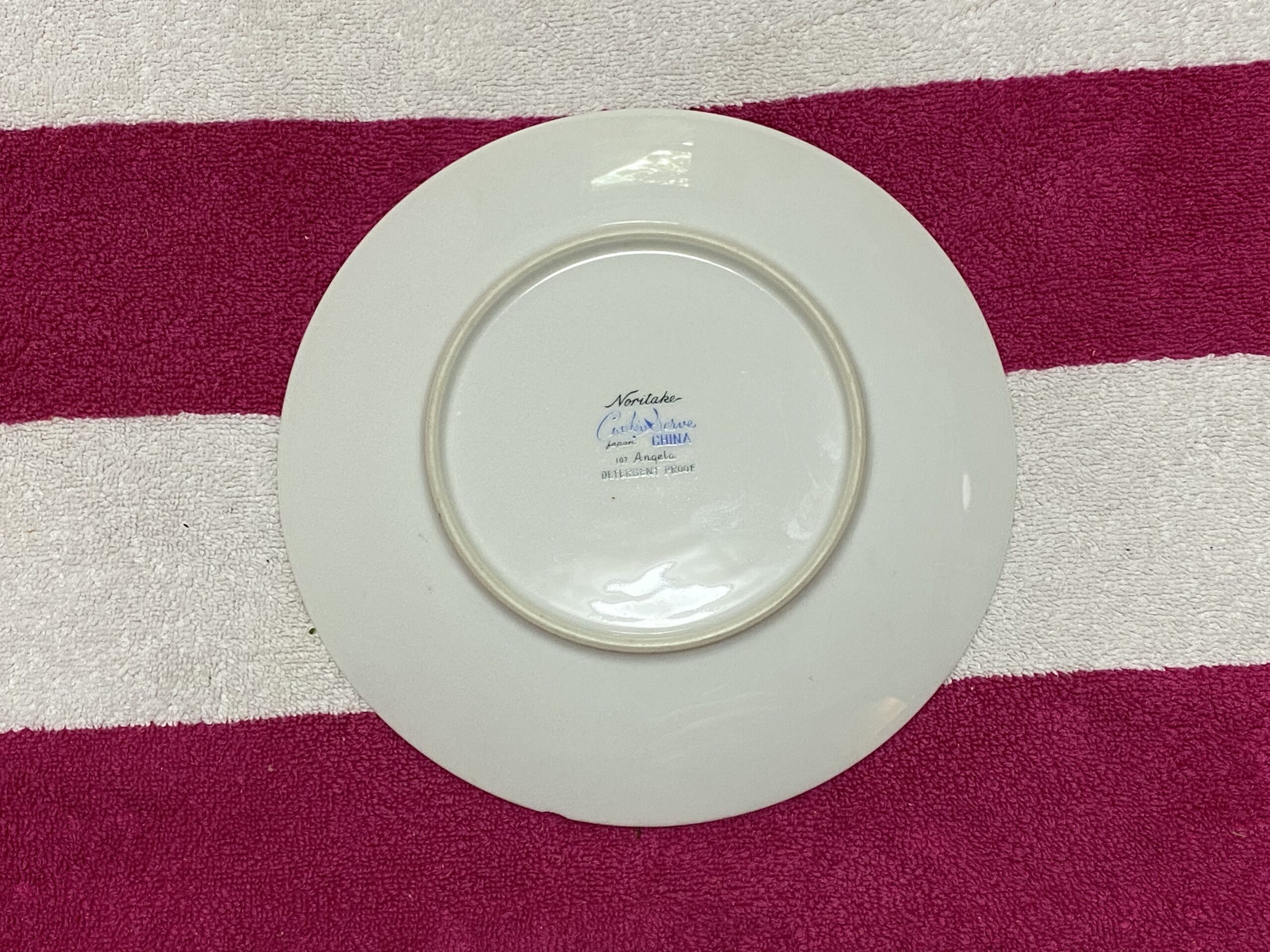Noritake Cook N Serve Japan 107 Angela Detergent Proof China: 8,363 ppm Lead on the back mark / logo of the dish.
Introduction:
Tamara Rubin is an independent advocate for consumer goods safety, and she is also a mother of Lead-poisoned children. She began testing consumer goods for toxicants in 2009, and was the parent-advocate responsible for finding Lead in the popular fidget spinner toys in 2017. She uses XRF testing (a scientific method used by the Consumer Product Safety Commission) to test consumer goods for metallic toxicants (including Lead, Cadmium, Mercury and Arsenic). To read more about the testing methodology employed for the test results reported on this blog, please click this link.
The test results of most of the consumer goods shared on this blog are from items that have been sent in by my readers for testing and reporting. This is a collaborative effort (with my readers) to help you make informed decisions for your family (so you can have an idea of what to look for – and what you might want to avoid – in making safer choices for your home.)
Friday – July 30, 2021
Test results for the vintage Noritake dish pictured on this post:
Backmark / Logo
60-second test – repeated multiple times to confirm the results
- Lead (Pb): 8,363 +/- 74 ppm
- Cadmium (Cd): Non-detect
- Mercury (Hg): Non-detect
- Bromine (Br): Non-detect
- Chromium (Cr): Non-detect
- Iron (Fe): 1,174 +/- 51 ppm
- Cobalt (Co): 1,225 +/- 40 ppm
- Zinc (Zn): 1,243 +/- 24 ppm
- Platinum (Pt): 176 +/- 22 ppm
Food surface of dish
60-second test
- Lead (Pb): 15 +/- 3 ppm
- Cadmium (Cd): 3 +/- 2 ppm
- Mercury (Hg): Non-detect
- Bromine (Br): Non-detect
- Chromium (Cr): Non-detect
- Iron (Fe): 1,735 +/- 61 ppm
- Zinc (Zn): 354 +/- 12 ppm
- Indium (In): 5 +/- 2 ppm
- Tin (Sn): 5 +/- 3 ppm
- Platinum (Pt): 20 +/- 11 ppm
- Bismuth (Bi): 27 +/- 3 ppm
Some additional reading that might be of interest:
- The post discussing the testing methodology used on this website
- Post discussing how to send in an item for testing
- Things that you can test at home.
- Things that might be better tested with an XRF instrument.
- Can I test my dishes myself at home?
Thanks for reading. Thank you for sharing Lead Safe Mama posts. As always, please let me know if you have any questions and I will do my best to answer them personally as soon as I have a moment (which may not be right away – but I will try!)
Tamara Rubin
#LeadSafeMama
Amazon links are affiliate links. If you purchase something after clicking on one of my links I may receive a percentage of what you spend – at no extra cost to you.

Never Miss an Important Article Again!
Join our Email List







So can I assume my vintage Noritake cook and serve China Angela is safe for eating since it was the logo on the bottom that was rated high?
I have the same question; am I correct to think Noritake Angela is considered safe?
Thank you for all you do!
Given what Tamara’s said in many similar circumstances, these plates cannot be considered safe. Even though you’re not eating off the underside of the plate, it takes only a microscopic amount of lead to poison someone. That amount will certainly come off during the normal operations of handling, using, washing, drying, and stacking the dishes.